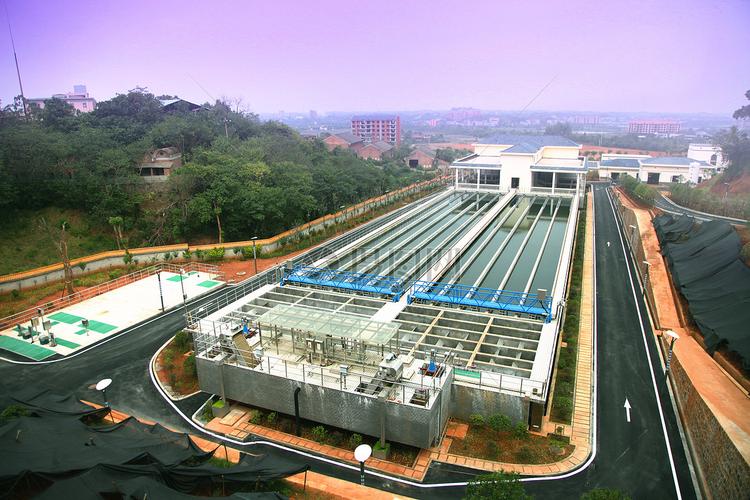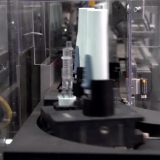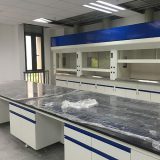Preventive maintenance is planned maintenance before the failure of the control valve, which can be understood as routine maintenance, usually including the following work.
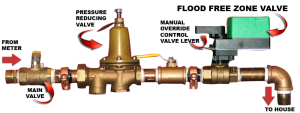
Check the support
A better position to install the control valve is to make the stem travel in a vertical plane with the actuator above the body. If the control valve must be installed in a position to move the stem horizontally, or if the stem moves at an Angle of inclination to the horizontal, the actuator should be supported so that all parts of the control valve are in a natural state. Failure to provide support or improper support may result in the differential alignment of stem and seat and may lead to differential or packing leakage. Even if the control valve has fixed and supported measures, it must be inspected regularly, usually once every 2 to 3 months.
Check for safe operation
Control valves and related accessories used in explosive dangerous places shall be checked for safe operation. For example, tightening of sealing caps, the operation of safety bars, power supply, etc., shall be noted to ensure that the regulating valve and related accessories can operate safely.
Stress Relieving
All kinds of stresses will be produced due to the improper combination or installation of pipelines, such as the thermal stress caused by the high-temperature medium, the stress caused by the unbalanced tightening force during installation, and the stress caused by some man-made collisions to the control valve and its pipelines. These stresses on the control valve and its pipeline can easily affect the performance of the control valve. In serious cases, the controlling system itself will cause the stem and guide to be deformed and not centered on the seat. Therefore, ensure that stress is avoided or eliminated and directed away from the control valve at all times.
Remove or prevent foreign matter from entering
Check regularly for the rust, welding slag, dirt, etc. in the connecting pipe of the regulating valve. If foreign matter is likely to accumulate in the control valve and pipe, it is necessary to consider installing a simple filter on the upstream side of the valve.
Check gas and power sources regularly
The gas source is one of the key energy sources to drive the control valve. Although the membrane chamber of the pneumatic regulating valve does not consume air, the valve positioner, relay, and other accessories will be blocked and fail if the air source system contains water, oil, and other impurities. Therefore, the air source and power supply must be inspected regularly to ensure that the air source is clean, dry, and reliable.
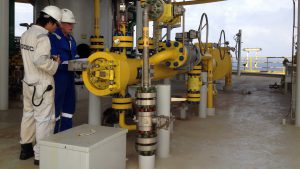
Transportation and storage
After the control valve is assembled, painted, and installed with actuator, handwheel, positioner, and other accessories as required, all air interfaces of the valve shall be blocked to prevent foreign matter from entering the valve, and the connecting flange shall be installed with a protective cover.
Pay attention to the status of various connection parts, such as valve positioner inlet pipe and actuator interface. Any protruding accessories, such as oil injectors and potentiometers, that are vulnerable to damage shall be removed from the connections and packaged separately with the regulator, and transported together. The control valve shall be fixed with a special bracket to prevent looseness and ensure the overall vertical or horizontal position. If it is to be transported over a long distance, it is better to ship in strong wooden cases.
When keeping control valves, you’d better not support regulators in sensitive positions, such as valve positioner, valve stem, etc. The environmental conditions for transportation and storage shall meet the requirements of the product specification. It is best not to do other work in the storage area, and care must be taken not to touch the regulating valve when it is unavoidable.
Adamantvalves supplies all kinds of high-quality valves such as sanitary butterfly valves, sanitary ball valves, sanitary diaphragm valves, sanitary fittings, sanitary pumps, etc. Please visit http://www.adamantvalves.com/ for more information.
